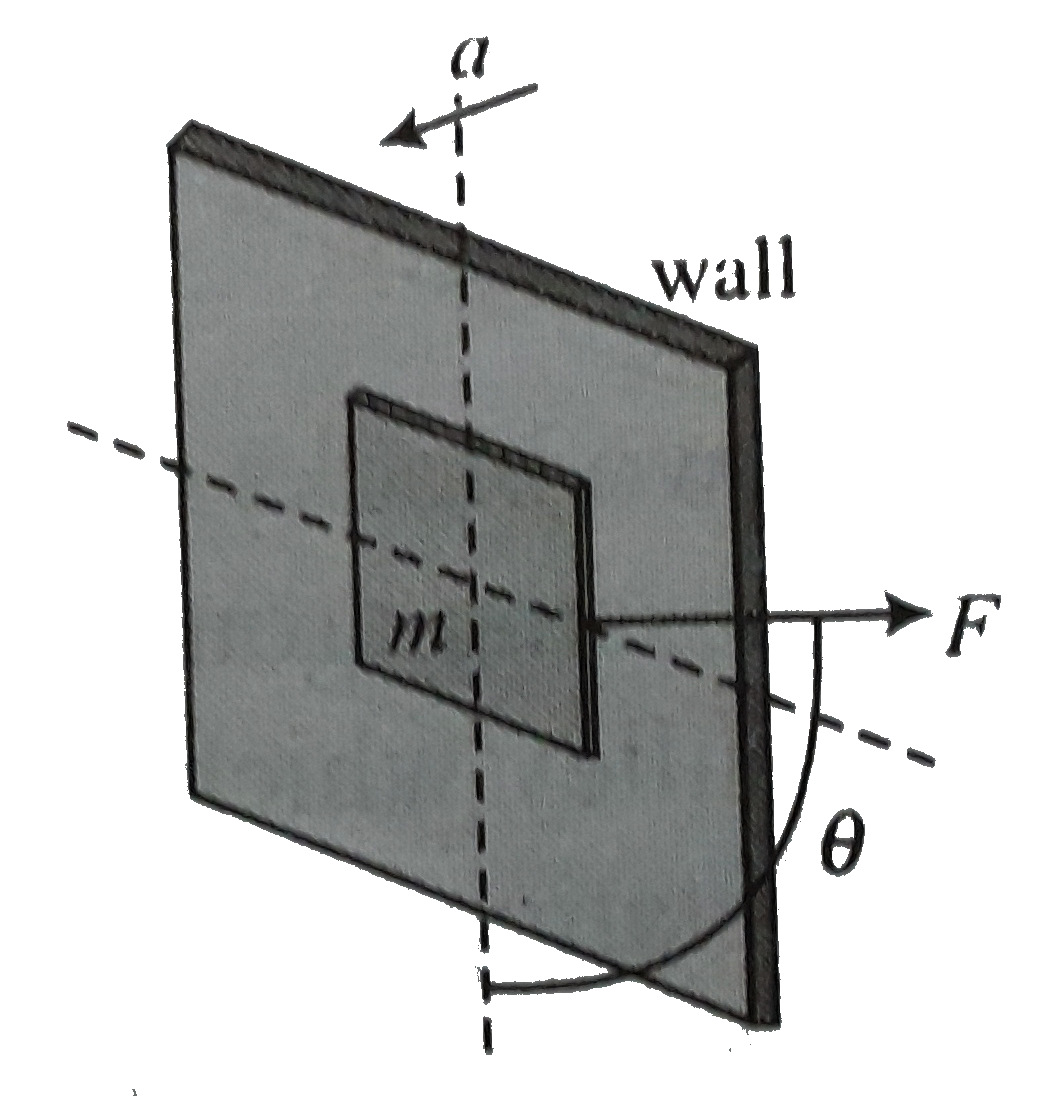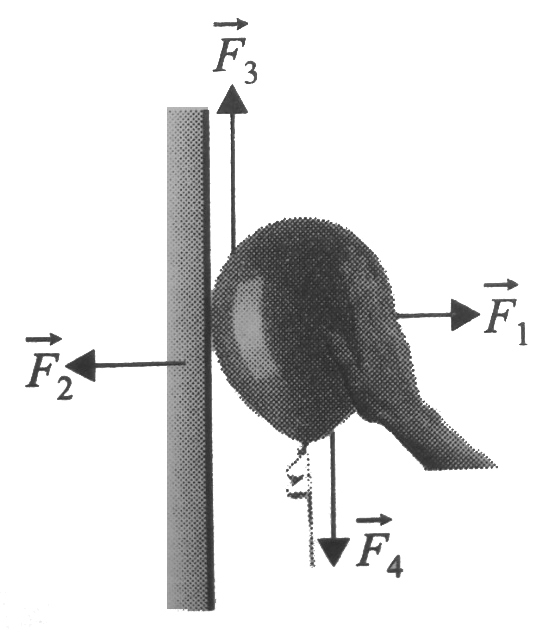An inflated balloon was pressed against a wall after it has been rubbed with a piece of synthetic cloth. It was found that the balloon sticks to the wall. What force might be responsible for the attraction between the balloon and the wall?
To understand why an inflated balloon sticks to a wall after being rubbed with a synthetic cloth, we can break down the explanation into clear steps:
1. Charging the Balloon: When the balloon is rubbed with a synthetic cloth, it becomes charged. This process is known as charging by friction, where electrons are transferred from one material to another. In this case, the balloon typically acquires a negative charge.
2. Understanding the Wall's Charge: The wall, before the balloon is brought close, is considered an uncharged object. This means that it has equal amounts of positive and negative charges distributed evenly.
3. Bringing the Charged Balloon Near the Wall: When the negatively charged balloon is brought close to the wall, it influences the charges in the wall. The negative charge of the balloon repels the negative charges in the wall, pushing them away.
4. Inducing Positive Charge in the Wall: As the negative charges in the wall are repelled, the positive charges (which are attracted to the negative charge of the balloon) move closer to the surface of the wall facing the balloon. This creates an area of positive charge on the wall.
5. Attraction Between Charges: Now, we have a negatively charged balloon and a positively charged area on the wall. According to the principle of electrostatics, opposite charges attract each other. Therefore, the balloon is attracted to the wall.
6. Resulting Force: The force responsible for the attraction between the balloon and the wall is called the electrostatic force. This force arises due to the interaction between the charged balloon and the induced charges in the wall.
Final Answer
The force responsible for the attraction between the balloon and the wall is the electrostatic force.
---
The force responsible for the attraction between the balloon and the wall is the electrostatic force.
Topper's Solved these Questions
- FORCE AND PRESSURE BOOK - NCERTCHAPTER - FORCE AND PRESSURE EXERCISE - EXERCISE (Fill in the blanks in the statement)
4 Videos
- CHEMICAL EFFECTS OF ELECTRIC CURRENT BOOK - NCERTCHAPTER - CHEMICAL EFFECTS OF ELECTRIC CURRENT EXERCISE - QUESTIONS
16 Videos
- FRICTION BOOK - NCERTCHAPTER - FRICTION EXERCISE - EXERCISE
9 Videos
Similar Questions
An inflated balloon was pressed against a wall after it has been rubbed with a piece of synthetic cloth. It was found that the balloon sticks to the wall. What force might be responsible for the attraction between the balloon and the wall ?
View SolutionInflate a balloon and rub it against your dry hair and then gently place it against a wall. The balloon will stick to the wall, why is it so?
View Solution
Knowledge Check
A rectangular block is held against a vertical wall by applying a force of 200N normal to the wall. If the frictional froce just prevents the block from sliding down the wall, what is the mass of the block? (The coefficient of static friction between the block and the wall is 0.49)
A5 kgB7.5 kgC10 kgD15 kgIf a lodder weighing 250 N is placed against a smooth vertical wall having coefficient of friction between it and floor is 0.3 then what is the maximum force of friction available at the point of contact between the lodder and the floor?
A75NB50NC35ND25NIf a lodder weighing 250 N is placed against a smooth vertical wall having coefficient of friction between it and floor is 0.3 then what is the maximum force of friction available at the point of contact between the lodder and the floor?
A75NB50NC35ND25N
A block of mass 1kg is pressed against a wall by applying a horizontal force of 10N on the block. If the coefficient of friction between the block and the wall is 0.5 ,magnitude of the frictional force acting on the block is
View SolutionAn inflated rubber ballon and a woollen cloth are rubbed together. What type of charge is acquired by rubber balloon ?
View SolutionWhy is a balloon filled with air rubbed against hair sticks to the wall when pressed against it?
View SolutionA block of mass m is pressed against a wall which is moving with an acceleration a as shown in figure If the block is pulled at an angle θ with downward vertical by a force F and it does not slide relative to the wall . Find the
a. friction force between the block and wall
b.inimum magnitude of F so as to cayse a relative sliding between the block and wall
View Solution
In the figure shown, a balloon is pressed against a wall. It is in equilibrium and maximum compressed state.
→F= force of balloon on hand of man, →F2= force of balloon on wall,→F3= friction,→F4= weight of balloon. Which of the following statements are correct:
View Solution
